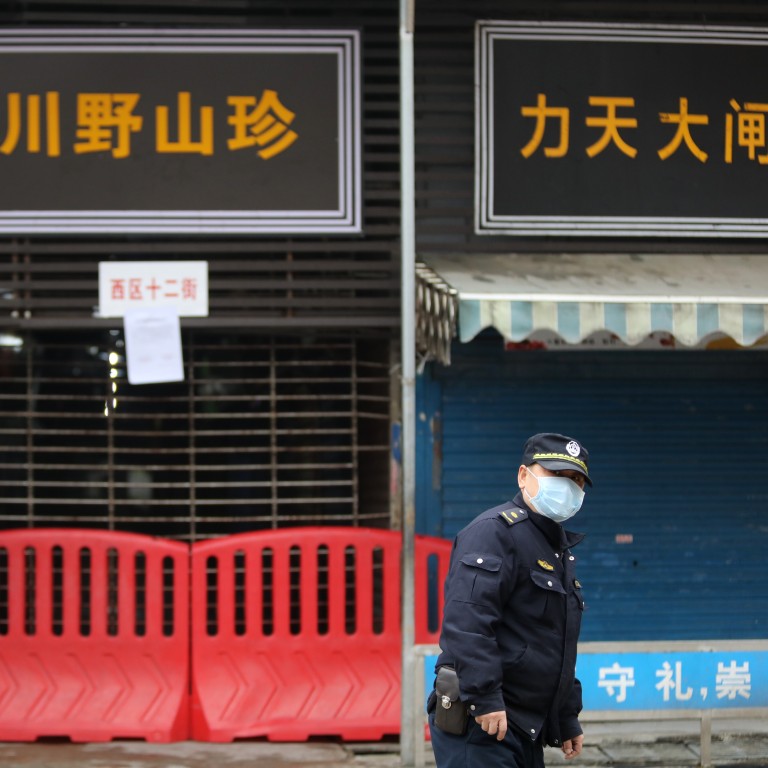
WHO will start its investigation into coronavirus origins in Wuhan but says case zero may be elsewhere
- An open mind is essential when trying to find the point the virus jumped the species barrier, says WHO’s Michael Ryan
- Wuhan Institute of Virology director says virus sequence collected from Yunnan cave was decades away in evolution from Sars-CoV-2
Meanwhile, a Wuhan laboratory that has studied coronaviruses extensively and that US President Donald Trump claimed could be the origin of the virus would not be investigated, an official in charge of the lab told US television network NBC.
The new coronavirus outbreak was first reported in Wuhan in central Hubei province in December 2019, with most cases related to a seafood wholesale market. A retrospective study published in The Lancet journal recorded that the first patient showed symptoms on December 1.
At a routine Covid-19 briefing on Monday, Michael Ryan, executive director of the WHO Health Emergencies Programme, said case zero – referring to the first person infected in the epidemic – could be somewhere else.
“Case zero is not always where your first cluster is. Case zero is obviously before in time but it may be in another place, so that is why you have to keep an open mind,” Ryan said.
“All hypotheses are on the table. You start with an open mind and you follow the evidence and you follow the data. If you follow the data and the science you will find hopefully the point at which the disease crossed the species barrier.
“It took years to do it in the case of Middle East respiratory syndrome. It's never been fully established in the case of Sars [severe acute respiratory syndrome] in terms of the actual event that crossed the animal and human barrier and it does prove very, very difficult to find that initiation point.”

His colleague Maria Van Kerkhove, an epidemiologist with the WHO, said investigations into emerging zoonotic diseases normally started in the place where the first cases were identified to study exposure of the individuals, their travel, workplace activities and their daily life before they developed symptoms.
But the mission could be time consuming and did not guarantee a result, she said.
WHO gears up for main mission into China to hunt for Covid-19 origins
An advance team of two WHO experts, specialists in animal health and epidemiology, went to China early last month and stayed there for weeks to determine the scope and itinerary for a larger-scale WHO-led international investigation to follow.
Wang told NBC in a site interview released on Monday that she took part in the discussion on how to conduct the study with the WHO experts and believed the institute was not part of the investigation.
“The words they used were study, project, cooperation. No investigation was mentioned,” Wang said.
She said researchers at the lab would not be cut off from the mission but instead “actively join” the international team of experts in the origin tracing.
“Tests on the people around that mine cave showed no one was infected with Sars-related coronaviruses,” Wang added.
Wang said the lab had only the sequence, not the actual bat virus.

